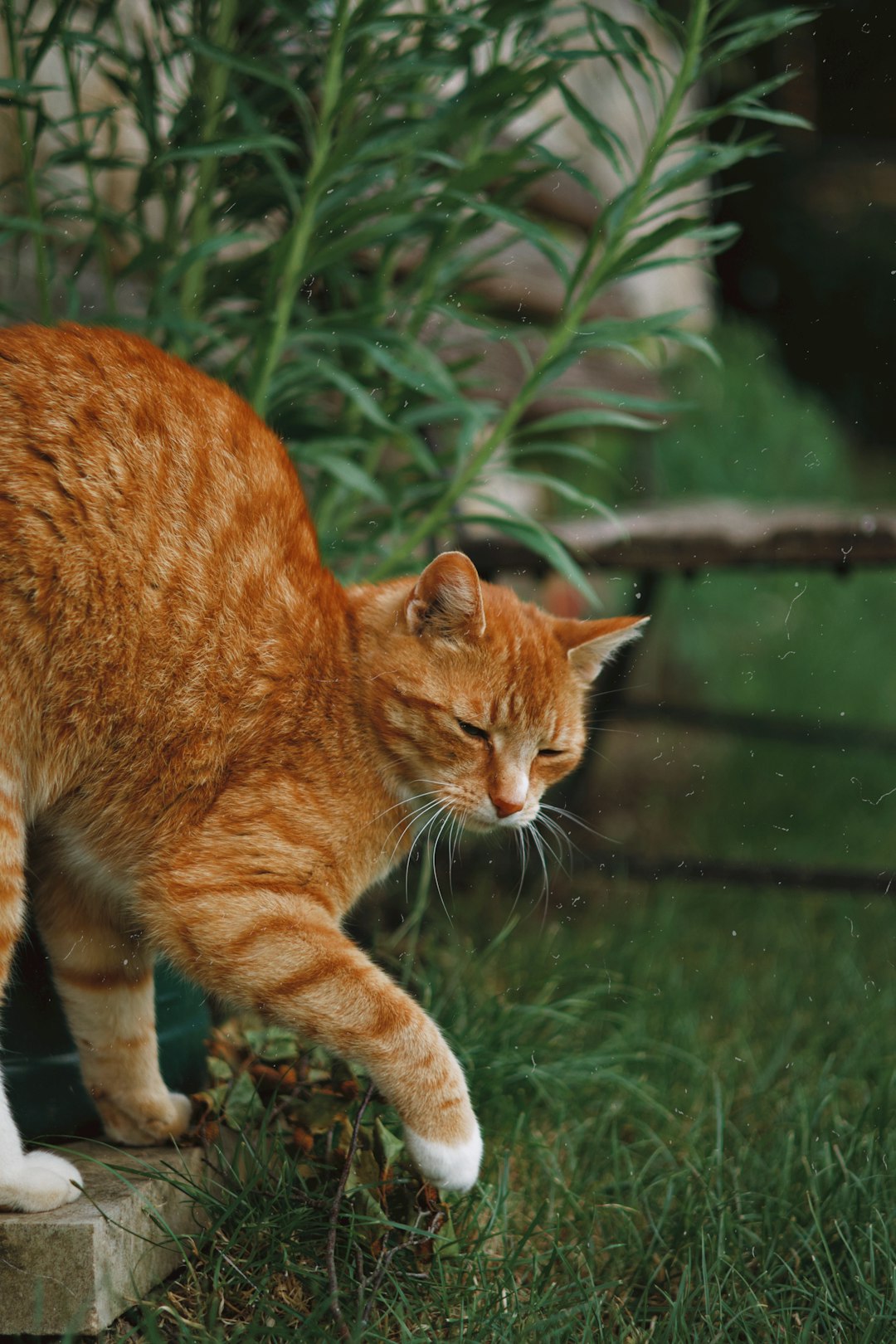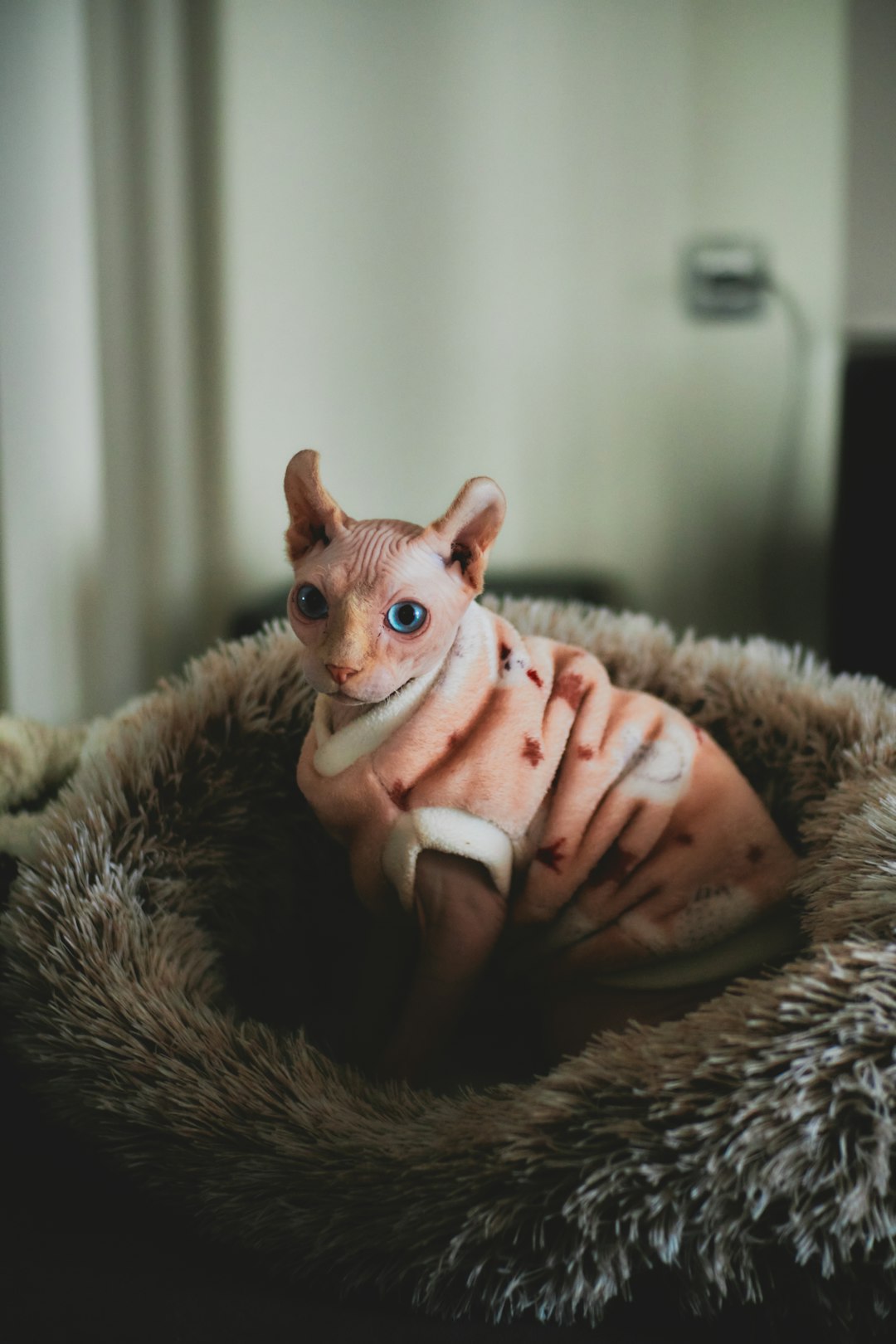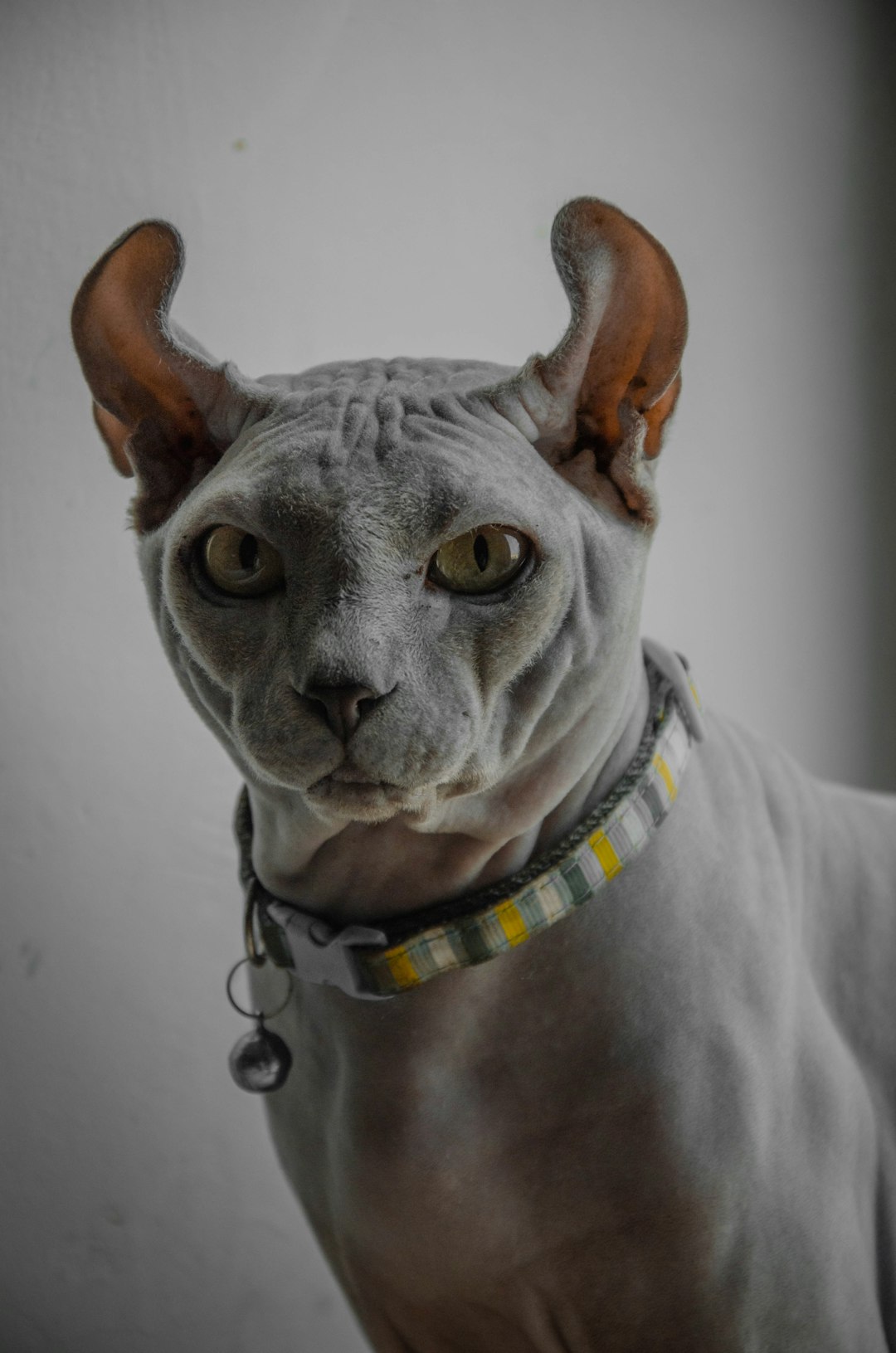Cats possess a unique method of communication, with their vocalizations being a central aspect of their interactions with us. One of the most common sounds you’ll hear is cat meowing, which varies in tone, frequency, and intensity. Each meow can convey different messages depending on the context and your cat’s individual personality. Understanding what your feline friend is trying to express can greatly enhance your relationship and improve their well-being. In this article, we will explore the nuances of cat meowing and help decode what those sounds truly mean.
Understanding Cat Communication
Cats are highly communicative animals, and understanding their different forms of communication is crucial for building a strong bond with them. One of the most prominent ways your feline friend expresses themselves is through cat meowing.
Here are essential aspects of cat communication:
- Vocalizations: While cat meowing is one method, cats also use purring, hissing, and chirping to convey emotions.
- Body Language: Tail position, ear orientation, and eye contact play significant roles. For instance, a high tail indicates confidence, while flattened ears suggest fear or aggression.
- Scent Marking: Cats use scent glands located on their cheeks and paws. This helps them mark territory and communicate with other cats.
Cats communicate differently depending on their individual personalities and experiences. For example:
| Communication Method | Description |
|---|---|
| Cat Meowing | Soft or loud vocalizations used for various needs |
| Purring | Typically denotes contentment or comfort |
| Hissing | Indicates fear or warning |
By paying attention to your cat’s meowing and overall behavior, you can decode their needs and feelings, creating a more harmonious relationship.
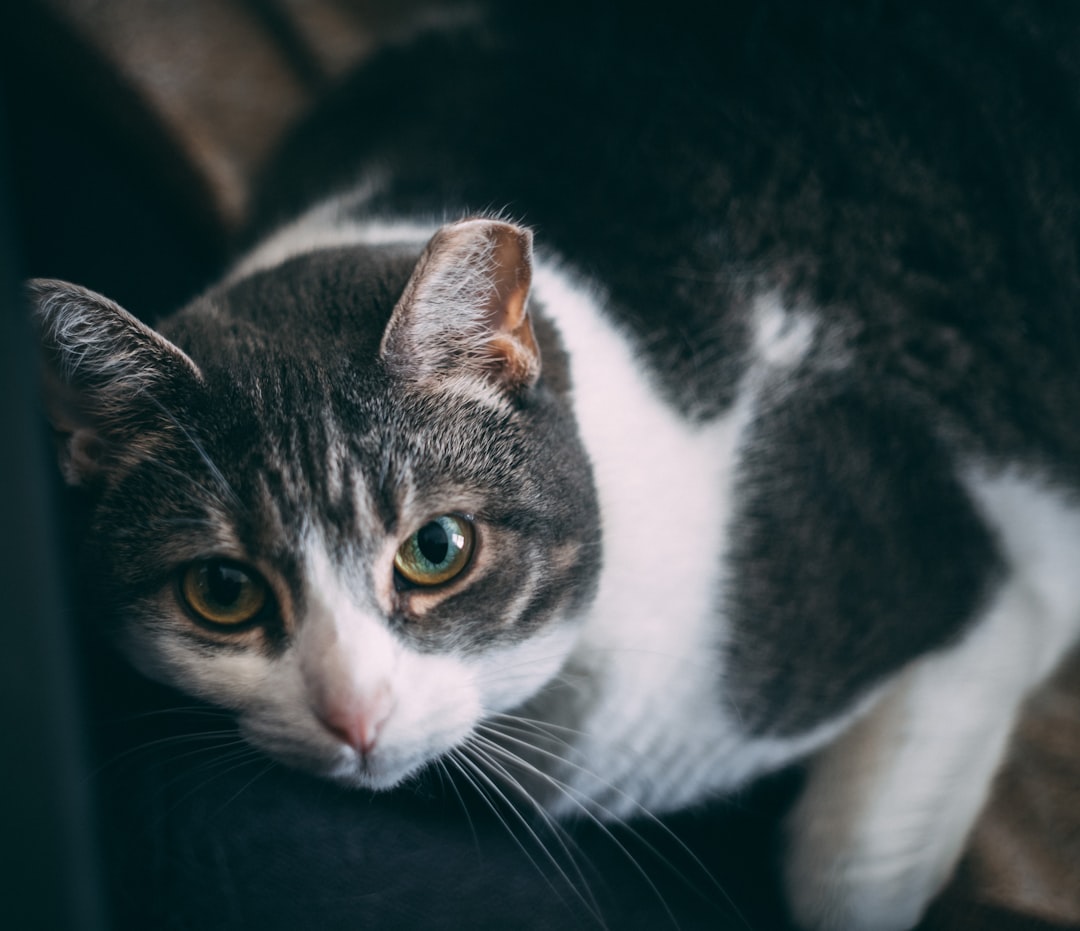
Different Types of Meows
When it comes to cat meowing, not all meows carry the same meaning. Each variation reflects distinct emotions or needs. Here’s a breakdown of the common types of meows your feline friend might use:
Short Meows: A quick, straightforward sound usually signifies a greeting.
Long Meows: These can signal annoyance or a demand for attention. Your cat may be expressing urgency.
Repeated Meows: When a cat meows continuously, it often indicates excitement or a plea for food or playtime.
Chirps and Trills: These sounds often represent happiness or affection, akin to a cat inviting you to play.
Yowls: This loud, drawn-out noise commonly reflects distress, territorial claims, or reproductive signaling.
Comparison Table: Types of Meows
| Meow Type | Meaning | Tone |
|---|---|---|
| Short | Greeting | High |
| Long | Annoyance/Attention Need | Medium |
| Repeated | Excitement/Food Request | Medium to High |
| Chirp/Trill | Happiness/Affection | Soft |
| Yowl | Distress/Territorial Claims | Loud |
Understanding these types of cat meowing can enhance your communication with your pet and deepen your bond!
Reasons Cats Meow
Understanding why cats meow is crucial for any cat owner. Cat meowing serves various purposes, reflecting their needs, emotions, and intentions. Here are some common reasons your furry friend might be vocalizing:
- Attention Seeking: Cats often meow to grab your attention, whether they want petting, playtime, or food.
- Hunger: A distinct, repetitive cat meowing might signal that it’s time for their meal.
- Greeting: Cats also meow as a way to say "hello" when you come home or meet them after a while.
- Discomfort: If your cat is unwell or feels threatened, their meows may exhibit distress. Look for other behavioral signs.
- Age-related Changes: Older cats might meow more frequently due to potential health issues or changes in their environment.
Comparison of Cat Meowing Purposes
| Purpose | Meow Characteristics |
|---|---|
| Attention Seeking | Repetitive, high-pitched |
| Hunger | Short, urgent-sounding |
| Greeting | Soft, melodic |
| Discomfort | Loud, prolonged |
| Age-related Needs | Frequent, varied intensity |
By paying attention to the type and context of cat meowing, you can better respond to their needs and strengthen your bond.
The Importance of Context in Meowing
Understanding cat meowing requires more than just listening to the sound; context plays a crucial role in interpreting your feline’s intention. Here are key factors to consider:
Environment: The setting can greatly influence your cat’s vocalizations. For example:
- Home: Cats may meow for attention or express hunger.
- Outside: They might communicate with other animals or announce their presence.
Body Language: Observe your cat’s posture and movements. A relaxed cat will typically have a soft meow, while an agitated cat might produce louder, harsher sounds.
Time of Day: Consider when your cat is meowing:
- Morning: They may be signaling that it’s time to eat.
- Night: Meowing could be a response to boredom or a desire to play.
Duration and Frequency: Short meows often indicate a greeting, while prolonged meowing may suggest distress or frustration.
Recognizing the context of cat meowing helps strengthen your bond with your cat. By tuning into their unique communication signals, you can respond appropriately and foster a deeper understanding between you and your pet.

How to Respond to Your Cat’s Meows
Understanding how to respond to your cat’s meows will significantly enhance your communication with them. When you hear your cat meowing, consider the following actions:
- Observe behavior: Check for signs like pacing, staring at their food bowl, or lingering by the door; these cues help you decipher what they need.
- Use a calming tone: Respond in a gentle voice. Cats often find—and appreciate—soft tones reassuring.
- Engage playtime: If your cat is meowing for attention, initiate play with toys or interactive games. This can strengthen your bond and provide mental stimulation.
Here’s a quick comparison between common meow types and appropriate responses:
| Meow Type | Meaning | Response |
|---|---|---|
| Short, quick meows | Greeting or attention-seeking | Greet back, give engagement |
| Prolonged, low meows | Discomfort or hunger | Check food/water levels, assess health |
| High-pitched meows | Stress or frustration | Investigate the cause, calm them down |
By being attentive and responsive to your cat’s meowing patterns, you’ll not only nurture your relationship but also provide them with the care and attention they seek. Always remember, cat meowing serves as their way of communicating emotions and needs!
Common Misinterpretations of Cat Meowing
Cat meowing can be a rich source of communication, yet many pet owners often misinterpret these sounds. Understanding the nuances of cat meowing can help improve your relationship with your feline friend. Here are some common misinterpretations:
- Demanding Attention: While frequent cat meowing can seem like a plea for attention, it may just be your cat expressing boredom.
- Hunger Signals: Owners might mistake a cat’s meow for hunger signals, but cats often meow simply for social interaction, not food.
- Signs of Stress: A cat’s loud meow might seem like a distress call, yet it could merely convey excitement or playfulness.
- Affection Signals: Some believe that a soft meow indicates affection, but this could actually signal discomfort or the need for space.
Comparison Table: Meow Types and Interpretations
| Meow Type | Common Interpretation | Alternate Meaning |
|---|---|---|
| Short Meow | Greeting | Attention-seeking |
| Long Meow | Hunger Signal | Playfulness |
| Purring Meow | Contentment | Request for more petting |
| Loud Meow | Distress | Excitement |
By paying attention to context and your cat’s body language, you can decipher their cat meowing more accurately. Always observe your cat’s behavior holistically to better understand their needs and emotions.
Connecting with Your Cat Through Communication
Establishing a strong bond with your feline friend requires understanding their unique ways of communication, particularly through cat meowing. Here are some effective strategies to connect better:
Observe and Listen: Pay attention to the different cat meowing sounds. Each meow can signify different emotions such as happiness, distress, or excitement.
Mirror Their Behavior: Respond to your cat’s meows with similar sounds. This can help in creating a dialogue and encourages them to express more.
Use Positive Reinforcement: When your cat meows, acknowledge it by offering treats or affection. This reinforces the behavior and encourages your cat to communicate more.
Create a Routine: Cats thrive on consistency. Establish regular playtime or feeding times, and your cat may vocalize, enhancing your bond.
Be Patient: Understanding cat meowing takes time. Each cat has a distinct way of communicating, so be attentive and patient.
By following these strategies, you can deepen your connection and ensure that both you and your cat enjoy a harmonious relationship.
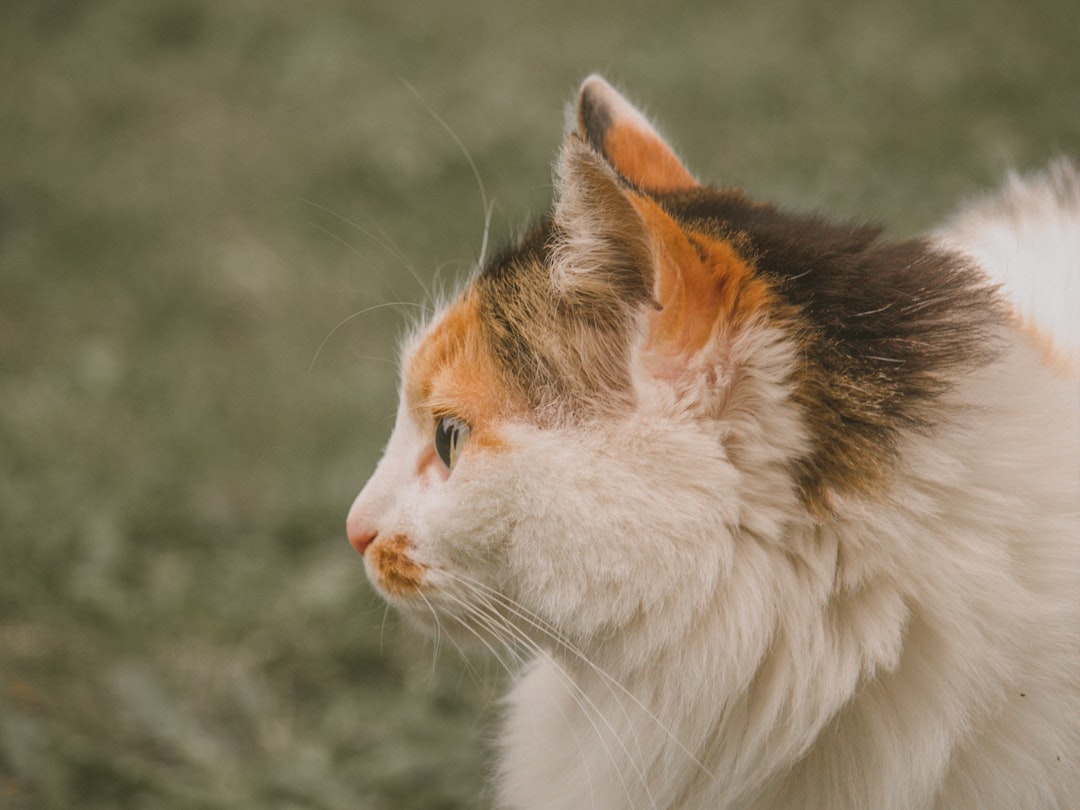
When to Seek Professional Help for Meowing Behavior
Understanding cat meowing can be a rewarding experience, but sometimes certain behaviors may indicate underlying issues. If your cat exhibits excessive or unusual meowing, consider the following scenarios that may warrant professional help:
Persistent Meowing: If your cat meows continuously without a clear reason, this could signal stress, anxiety, or health problems.
Changes in Meowing Patterns: A sudden shift in the frequency, tone, or intensity of your cat’s meows may indicate discomfort or illness. For example:
Behavior Possible Causes Increased Meowing Pain or anxiety Sudden Silence Illness or lethargy Meowing During Night: If your cat meows at night, disturbing your sleep consistently, it may require behavioral training and intervention.
Combination with Other Symptoms: Look for additional signs such as lethargy, changes in eating habits, or litter box issues. These are important to mention when consulting a veterinarian.
Taking your cat’s meowing seriously shows your commitment to their well-being. Consulting a veterinarian can help address potential health concerns or behavioral issues effectively.
Frequently Asked Questions
What are the common reasons for a cat to meow frequently?
Cats meow for various reasons, and understanding these can help you respond appropriately. Generally, frequent meowing can indicate that your cat is seeking attention, feeling bored, or wanting to communicate their needs, such as hunger or thirst. In some cases, excessive meowing can point to health issues or anxiety. Observing the context, tone, and frequency of the meows can give you clues about what your cat is trying to express. Ensure you are attentive to your cat’s behavior and respond to their needs accordingly.
Do different cat breeds have distinct meowing patterns?
Yes, different cat breeds tend to display unique vocalizations and meowing patterns. For instance, Siamese cats are known for their loud and distinctive meows that can sound almost like a human infant crying, as they are quite vocal and often use their voices to engage with their owners. On the other hand, breeds like the British Shorthair may be quieter and less prone to excessive meowing. Each cat is an individual, so factors like personality, environment, and upbringing also play a significant role in their vocal habits.
How can I determine what my cat’s meow means?
To interpret your cat’s meows effectively, pay close attention to the context in which the meowing occurs, as well as the tone and pitch. For example, a short, rapid meow might suggest excitement or demand, while a low, drawn-out meow could indicate distress or a desire for attention. Additionally, observing your cat’s body language, such as the position of their ears and tail, can provide further insights into their emotional state. Keeping a diary of different meows and their corresponding contexts can help you recognize patterns and meanings over time.
What should I do if my cat is meowing excessively?
If your cat is meowing excessively, it is important to first assess whether their needs are being met. Ensure they have food, water, and a clean litter box. Engage them with playtime to alleviate boredom, which may be the root cause. If the excessive meowing persists, consult with your veterinarian to rule out any underlying health issues, such as pain or anxiety. Remember that changes in vocalization can sometimes indicate stress or discomfort, necessitating further observation and care.

